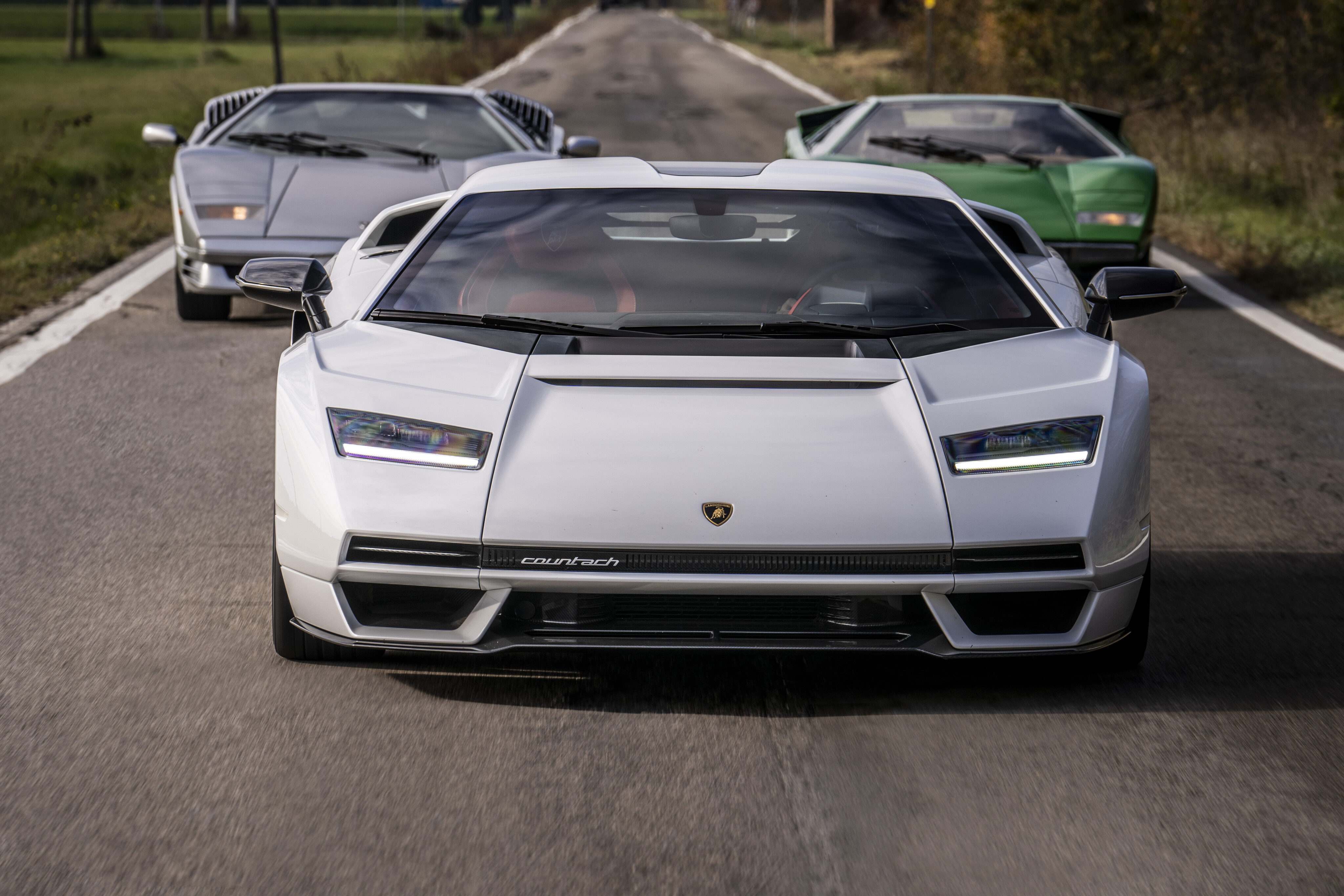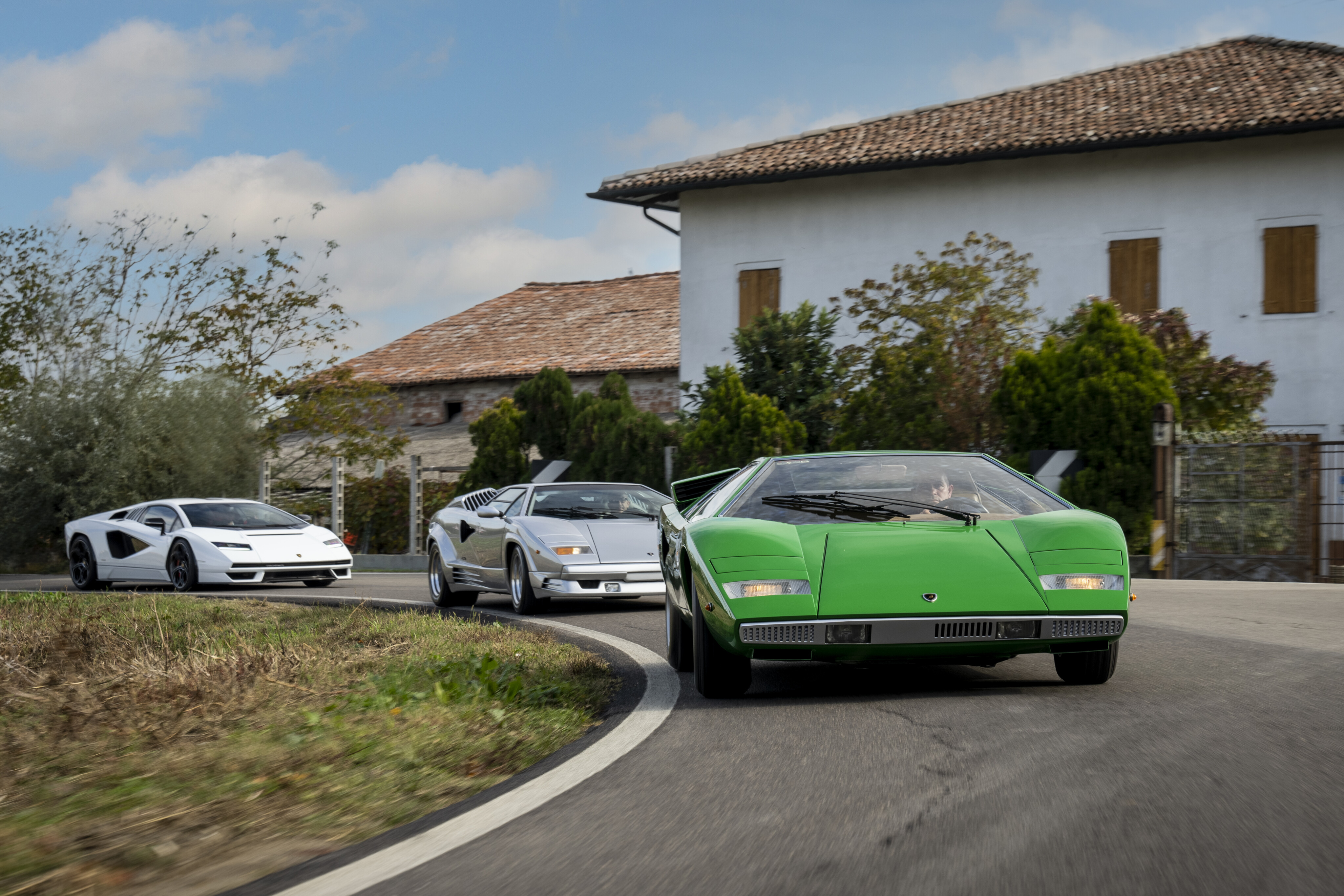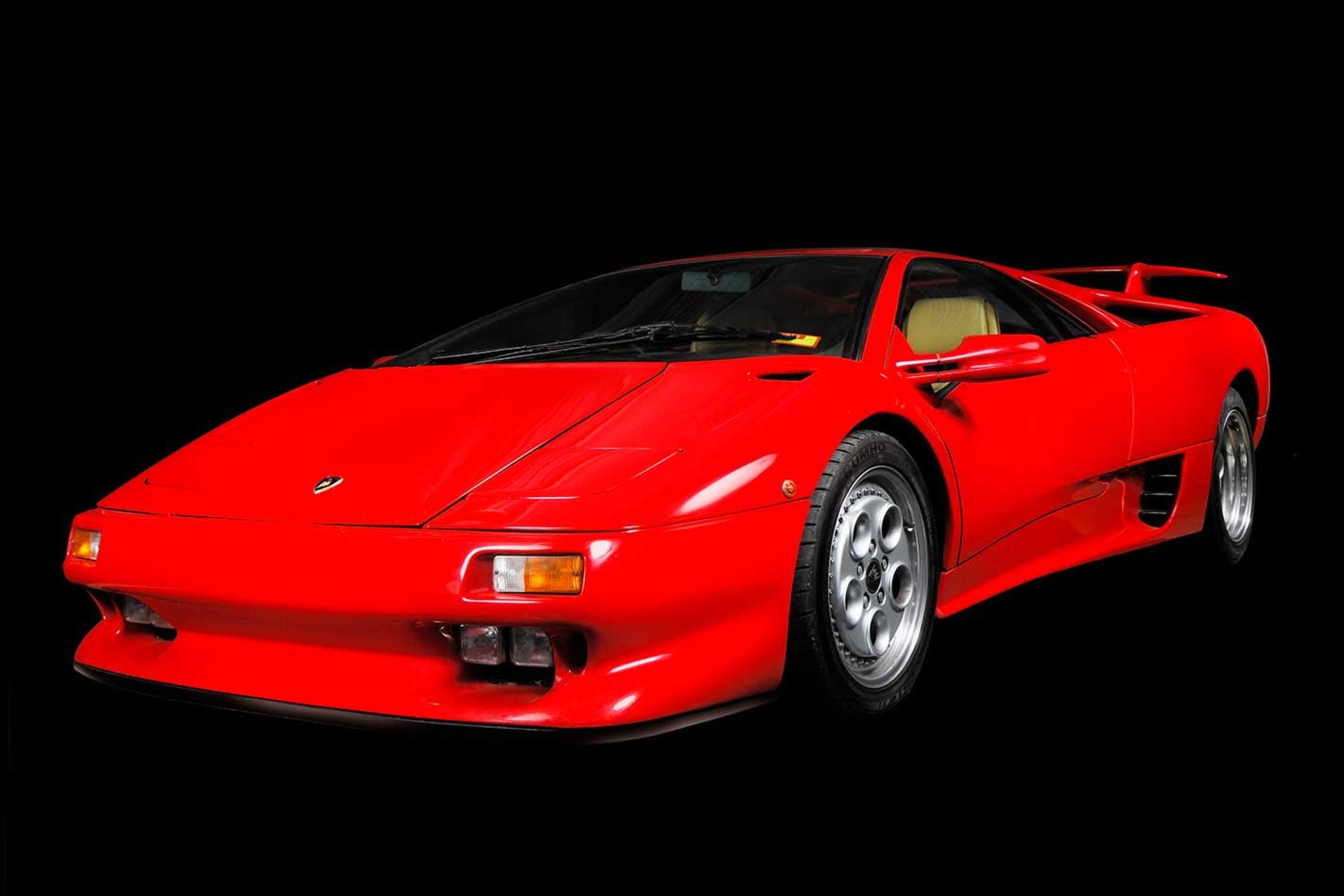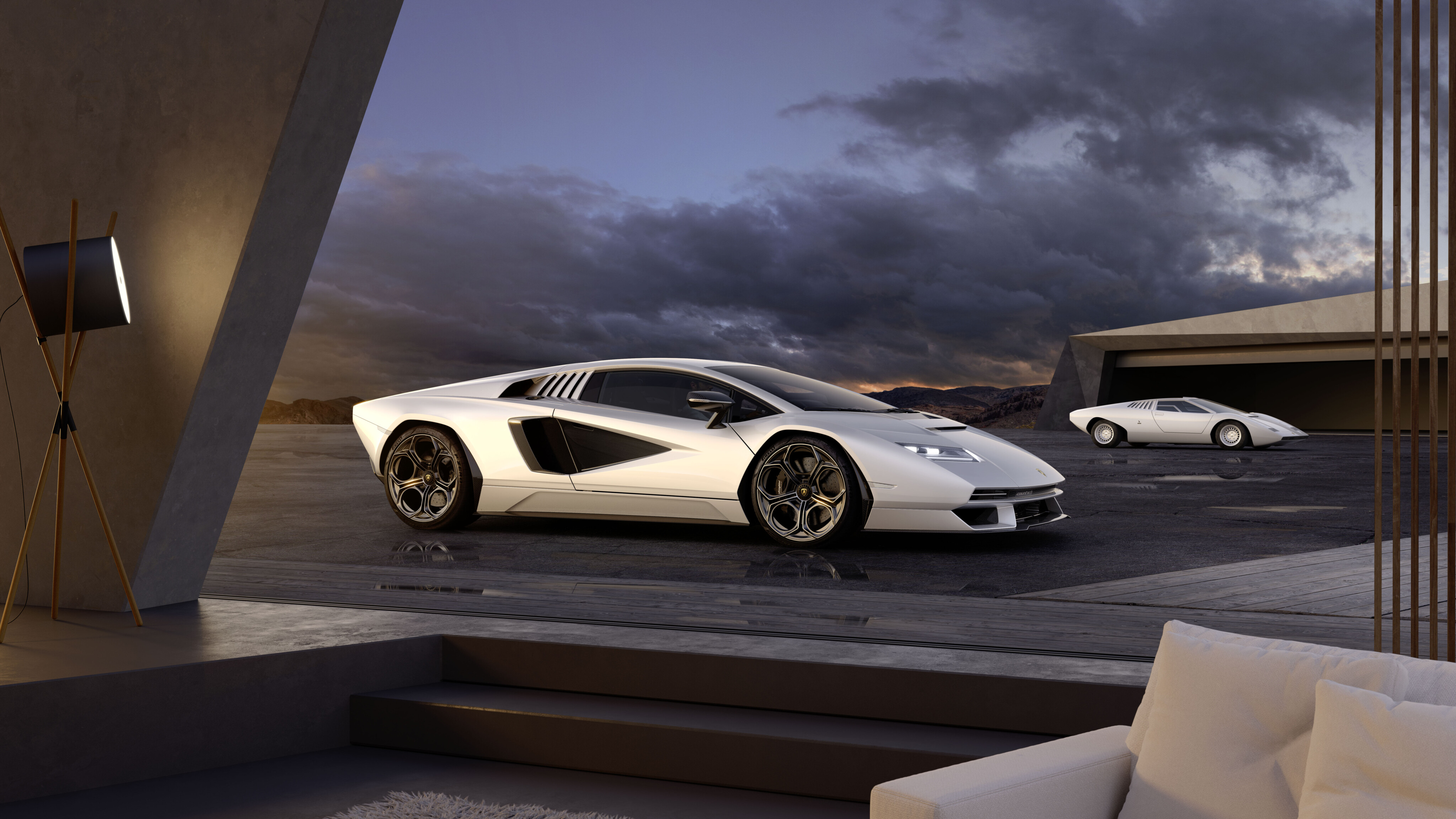
My love affair with Lamborghini began in 1974, or more precisely, at the age that I got my first packet of Top Trumps cards featuring the Countach LP400.
At that point the company was 11 years old, fresher-faced than marques like Singer Vehicle Design and Rimac Automobili are today. As a five-year-old, I was aghast that my father had never heard of it.
Yet here was a car manufacturer with no pedigree trying to compete in a sector against the likes of Ferrari, Maserati and Porsche – companies with heritage leaching out of every orifice.
To say that Lamborghini was a financial basket case in those early years was understating the point.
In 1972, Ferruccio Lamborghini had been forced to sell a majority stake in the company to a Swiss friend for US$600,000. In 1973, things got even worse. The oil crisis bit hard and old Ferruccio sold his remaining 49 percent holding to another Swiss.
Lamborghini was then controlled by the government for a short time, suffered the indignity of compulsory liquidation, and then built military Cheetahs as a government make-work scheme.

In 1980, the Bologna courts sold Lamborghini to more Swiss investors, the Mimran brothers.
At first things didn’t look all that promising. Jean Claude Mimran was known as the Sugar King of Africa due to the fact that he was the largest employer in Senegal. His brother, Patrick, was famous for making the tallest giraffe sculpture in the world. Unlikely saviours for a sports car company, you’d imagine.
Yet the Mimrans were keen and their ideas and investments were sound. In came the Jalpa, the Countach LP5000 QV and the LM002 before Jean Claude sold to Chrysler for US$25m in 1987, the first owner to ever make money from Lamborghini.

Lee Iacocca then oversaw the introduction of the Diablo as well as Lamborghini’s half-baked venture into Formula 1 before selling in 1993 to Megatech, an Indonesian and Malaysian conglomerate which bid US$40m.
This was a troubled time, with the company failing to make profits before introducing Vittorio di Capua as a cost-cutting axeman. He slashed costs and brought the company into the black by the skin of its teeth, the difference between profit and loss being the revenue of a mere 13 cars.
Still, it was enough for the Volkswagen Group to see growth potential, bite the bullet and acquire Lamborghini in 1998.
Sant’Agata has enjoyed that largesse and expertise for a quarter of a century now. Last year, Lamborghini made profits of US$660m on revenues of US$2.59bn.

That’s on 9223 sales: a profit of US$71,560 per vehicle. Or, to put it another way, Lamborghini now makes more profit on one car than it netted across the first 35 years of its existence.
As Lamborghini celebrates its 60th birthday, it’s never been in better financial shape. In fact, so swollen are Sant’Agata’s coffers that it now no longer needs Audi to partner it on the development of its Huracán replacement. That’s not to say there won’t be another R8 – it’s just that Lamborghini rather than Audi gets to be the development lead this time round.
I still adore Lamborghini for all of its silliness and extremity. There’s enough dull and worthy in the world of motoring today. Sant’Agata’s success shows that there’s still space for the fabulously immoderate.




COMMENTS